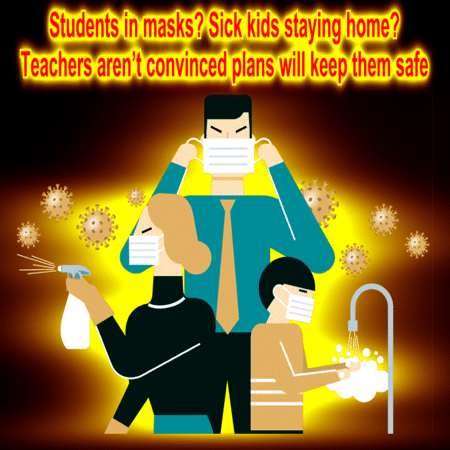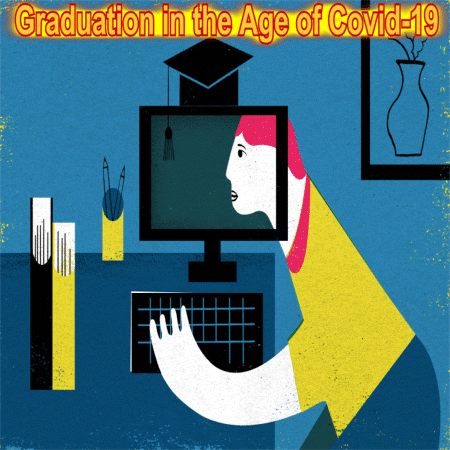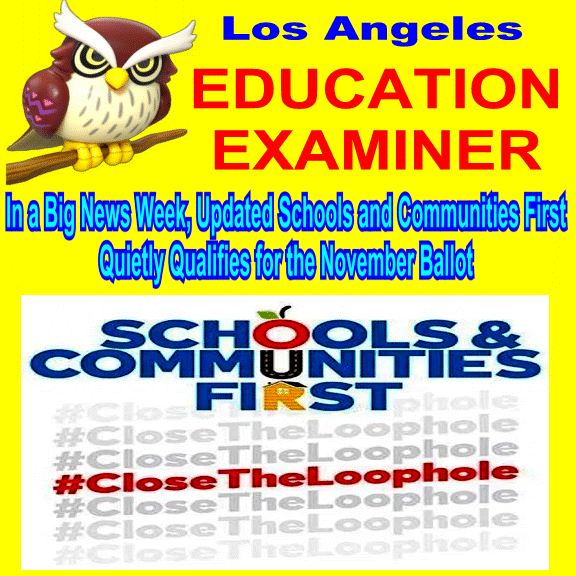‘This Is No Time For Us to Look Away’
Within three months, the world saw egregious attacks on black Americans:
Feb. 23: While out on a jog—Ahmaud Arbery, a black man, was shot and killed by two white men with ties to the local police department. Arbery’s case made national news on May 5, when a 28-second cellphone video capturing the killing was leaked onto social media.
March 13: Breonna Taylor, a 26-year-old emergency medical technician and a black woman, was shot eight times and killed by Louisville Metro Police during a late-night, “no-knock,” forced entry on her home. The warrant did not include the victim’s name and was issued for another home miles away. And, the person the police was looking for was already in custody. Taylor’s death also made national news in May.
May 25 (morning): Amy Cooper, a white woman, called the police on Christian Cooper (no relation), a black man, in Central Park during an encounter involving her unleashed dog. Christian Cooper recorded the encounter in which he is largely silent while she tells police he is threatening her and her dog. Amy Cooper is heard saying, “I’m going to tell them there’s an African American man threatening my life.”
May 25 (afternoon): George Floyd, a black man, was killed in broad daylight when an officer from the Minneapolis Police Department pressed his knee to Floyd’s neck for eight minutes and 46 seconds. The officer did not remove his knee even after Floyd lost consciousness.
These attacks on black bodies—plus those that have gone untelevised, ignored, excused, or denied—is not new ground for most people of color. In fact, they are reminiscent of the racial terrorism and intimidation black Americans have experienced since the founding days of this country.
“This is no time for us to look away,” says Lily Eskelsen García. “Police violence against black people happens too often. The threat and real violence toward black people daring to exist in public spaces and even in their own homes is the direct CONTINUE READING: 'This Is No Time For Us to Look Away' - NEA Today
































